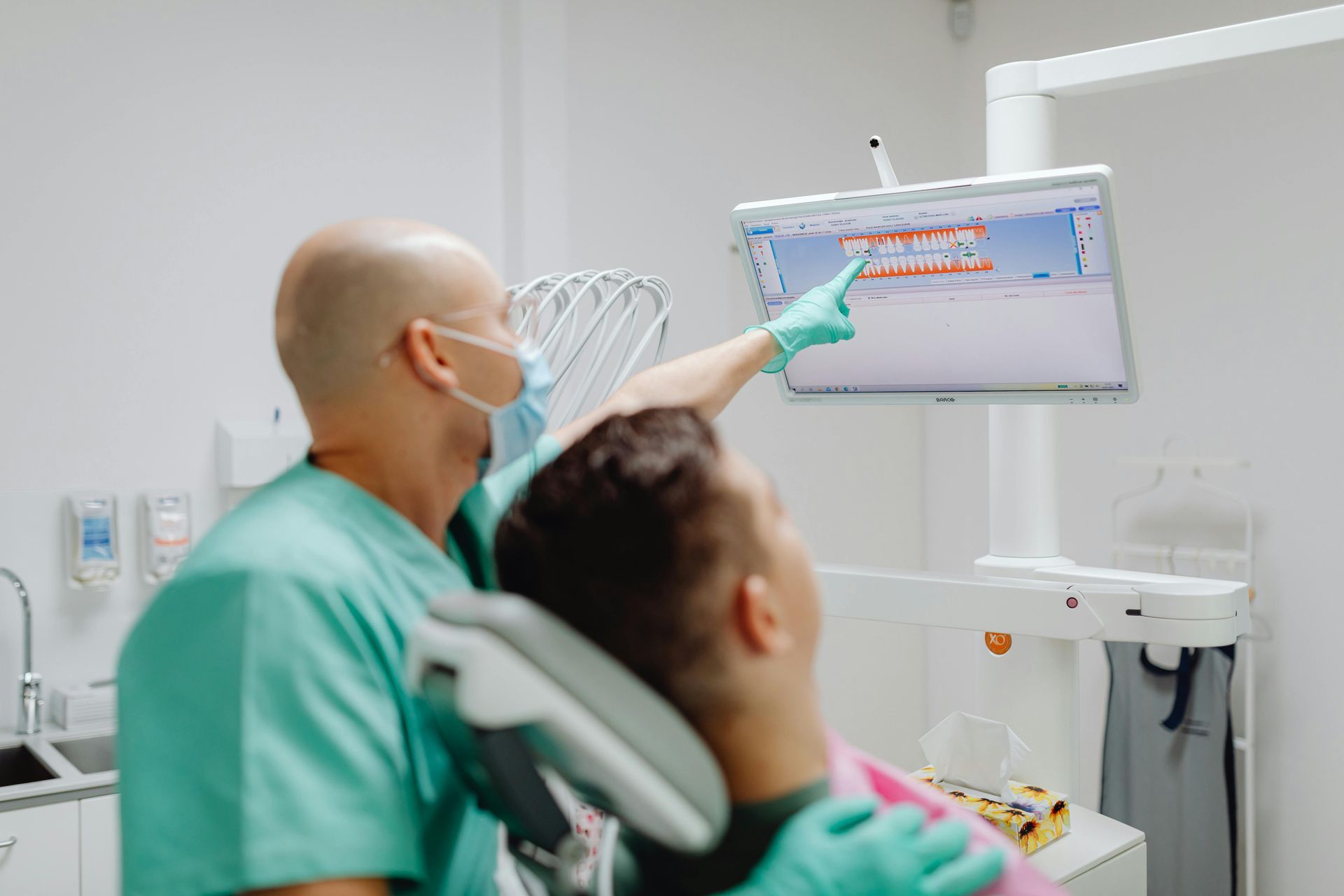1396 Don Mills Rd. B107, North York, ON M3B 3N1 | (647) 955-6061
Root Canal Treatments
Root Canal Treatments: Know the Steps Involved
Root canal therapy is also known as endodontic therapy used to eliminate the infected pulp of the tooth, disinfection, cleaning, and decontamination with irrigating solutions. Pulp is a soft tissue beneath the enamel and dentin and found inside each tooth.
The pulp contains nerves, blood vessels, and connective tissues. It is necessary for the development of teeth. But after full development, a tooth can survive without pulp as it takes nourishment from surrounding tissues. Removing the infected pulp helps preserve the health of the tooth.
Indication for Root Canal Treatment
The root canal treatment benefits those who have infection or inflammation in the tooth pulp. The signs that show you need endodontic therapy are:
- Severe pain while biting or chewing
- Pimples on the gum area.
- Sensitivity to hot and cold.
- Deep decay.
- Tooth discoloration
- A chipped or cracked tooth.
What to Expect During Procedure?
Root canal procedure may seem scary. But the root canal treatment provides relief from pain and also recovery time is minimal. You may feel little to no pain with the local anesthesia.
It may involve one or two visits over some time depending on the circumstances. Here is a step-by-step guide of what you can expect during the dental process:
Diagnostic and Preparation
Many diagnostic tests help in the diagnosis of the pulp and the surrounding tissues to understand the problem and treat it effectively. It may include a physical examination of the tooth and X-ray imaging of the tooth to visualize the pulp chamber.
Removal of Pulp Tissue
A tooth’s pulp becomes infected or inflamed due to deep decay, crack or chip in the tooth, large fillings, or trauma. When pulp is damaged, the bacteria start growing in the pulp chamber. It can infect the tooth or pus-filled pockets form at the root of the tooth.
Your dentist or endodontist near you uses a local anesthetic to numb the area around the tooth for comfort. The dentist will place a rubber dam over the tooth so that your mouth can stay clean and isolated from saliva. It will prevent infected pulp from spreading to the rest of the mouth.
An opening is made through the tooth and pulp is removed from canals and chamber. After canals are cleaned with disinfecting solutions, a series of files are used to shape the canals and to make sure that all of the infected tooth structure is removed. The dental expert also ensures there is adequate room for root canal filling.
Filling the Root Canal
Once the tooth is cleaned, it is sealed. If you have an infection, your dentist will wait for a week before sealing your teeth otherwise he or she will seal it on the same day it is cleaned.
If a root canal is not done on the same day, the dentist will put a medication inside your tooth to clear it up. A temporary filling is placed in the hole of the tooth to keep out foods and saliva between appointments.
In the second appointment, your dentist will again numb the area around the tooth, put a rubber dam, and remove the temporary filling. A post may be placed down in one of the canals that will provide an anchor for the permanent filling. The dental professional fills the decontaminated root canals with gutta-percha and zinc oxide eugenol cement.
Final Restoration
A tooth that has had endodontic therapy should be protected by the crown that will cover the tooth. A crown is a must to preserve your tooth from any fracturing in the future. This treatment involves removing a significant amount of tooth structure. Your dentist may recommend any additional dental work if needed.
It’s important to take care of your tooth. You should avoid biting hard foods until your treatment is completed. After the treatment, your tooth will no longer painful.
Although you may feel sensitivity or mild discomfort for a few days after the treatment, which is manageable with painkillers. But it is only for a short while. consult with your dentist you still suffering from pain even after taking the painkiller.
Don River Dental offers safe, soothing dentistry in North York. Call us today at 6479556061
Tel: (647) 955-6061
Fax: (416) 901-9293
Email: hello@donriverdental.com
Address: B107-1396 Don Mills Rd
North York, ON M3B 3N1












